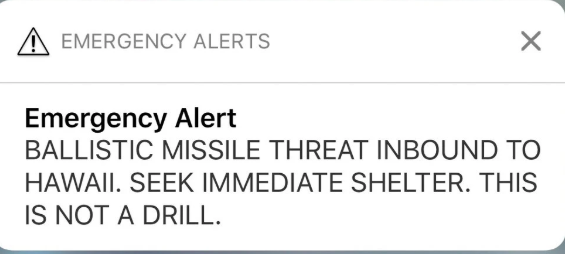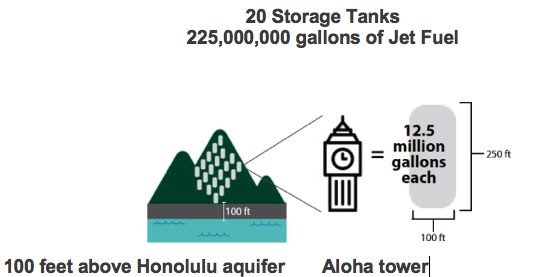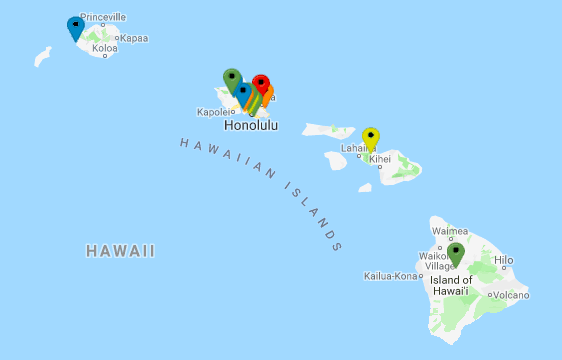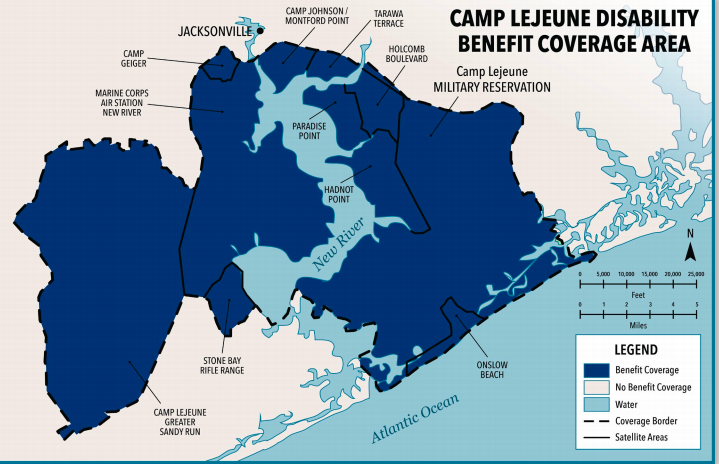By Colonel Ann Wright, February 9, 2019
After the big North Korean missile scare in Hawaii a year ago, one would think that missiles are the greatest threat to the island of Oahu. Yet, it’s not missiles that are the threat, it’s our own U.S. military and its massive jet fuel storage tanks that are leaking into Oahu’s drinking water aquifer.
A complex of mammoth 20-story military jet fuel storage tanks buried twenty stories down in a bluff called Red Hill are perched only 100 feet above Honolulu’s water supply. The walls on the 75-year-old jet fuel tanks are now so thin that the edge of a dime is thicker. Each of the twenty tanks holds 12.5 million gallons of jet fuel, although eighteen are in operation now. 225,000,000 gallons of jet fuel in total are a mere 100 feet from <a href=”https://sierraclubhawaii.org/red-hill-water-security/”>causing a catastrophic disaster for the island of Oahu</a>.
In fact, disaster has already struck when in 2014, 27,000 gallons of jet fuel leaked from a tank that had been repaired with a welded patch. The welding gave way and tens of thousands of gallons of fuel leaked into the water supply. Over the years, studies have documented leaks dating back to 1947, the continued corrosion of the tank liners and the risk of a catastrophic fuel release.
Drinking water is currently safe to drink, but traces of petroleum chemicals are being detected in the groundwater near the tanks.
Concerned citizens on the island, have for decades been trying to get the U.S. Navy to take the dangerous tanks out of Red Hill. The military states that the underground fuel tanks are of strategic importance to U.S. national security and they are being maintained as good as 75-year old tanks can be. Yet, those who live on Oahu say: “That’s not good enough! You can’t have national security by jeopardizing the health security of your citizens.”
It is not surprising that the U.S. Navy has made little effort to remove the tanks and put replacements in a less dangerous place. The military’s hold on the island of Oahu and its politicians is very strong both psychologically and economically. Oahu is filled with U.S. military bases and their accompanying corporations that supply the military with equipment and services.
The state of Hawaii is one of the most militarized states in the nation and Oahu is one of the most militarized islands with seven major U.S. military bases and a total of 36,620 military personnel: Army 16,313, Navy 7,792 (drop of 8,000 from 2015), Marines 6,370 and Air Force 4,937, Coast Guard 1208.
When the 64,000 military family members and military contractors are added to the active duty military, the military-industrial complex on Oahu numbers about 100,000, which is 10 percent of Oahu’s total population of 988,000. The state of Hawaii has 1.4 million citizens.
The U.S. military installations on the island of Oahu began being constructed soon after the overthrow of the sovereign nation of Hawaii by U.S. businessmen and a small contingent of U.S. Marines:
- Pearl Harbor Naval Base: headquarters of the US Pacific Fleet Navy and is the homeport for 25 warships,15 attack submarines, nine guided-missile destroyers and a guided-missile cruiser.
- Hickam Air Force Base: headquarters of the US Pacific Air Forces and has squadrons of F-15s, F22, C-17 and B-2 bombers.
- Kaneohe Marine Base: Marine Air Station and three Marine Regiments.
- Schofield Barracks: 25th Infantry Division.
- The Tropic Regions Test Center (TRTC).
- Camp Smith-headquarters of the United Indo-Pacific Command which is responsible for all U.S. military activity in the greater Asia and Pacific region including India, Camp Smith is also the headquarters of the U.S. Marine Corps Forces, Pacific.
- Fort Shafter: headquarters for the U.S. Army Pacific .
- Asia-Pacific Center for Security Studies: military educational facility for military and civilian officials from countries from Asia and the Pacific for courses on international security strategy.
- Tripler Army Medical Center and Veterans Administration Medical Center: provides medical assistance to active duty military and veterans.
- U.S. Coast Guard 14th District for the Pacific: three 225-foot buoy tenders, four 110-foot patrol boats, two 87-foot coastal patrol boats, four small boat stations, two sector commands, an air station, a Far East command, five detachments and over 400 aids to navigation. (While not part of the Department of Defense, during wartime, the Coast Guard can go under command of DOD.)
- Major military installations have been built on other islands of Hawaii. The Puhakaloa Training Area, the largest U.S. military training area in the world with 133,000 acres for artillery, mortar, small arms and crew-served weapons firing is located on the Big Island of Hawaii. U.S. Air Force bombers flying from the continental U.S. drop ordnance on the area between the two volcanoes of the island of Hawaii.
- On the island of Kauai, the Pacific Missile Range Facility Barking Sands (PMRF) is the world’s largest range capable of supporting surface, submarines, aircraft, and space operations simultaneously. PMRF has over 1,100 square miles of instrumented underwater range and over 42,000 square miles of controlled airspace. The Navy is currently using PMRF to test “hit to kill” technology using direct collision of the anti-ballistic missile with its target destroying the target by using only kinetic energy from the force of the collision. The Navy’s Aegis Ballistic Missile Defense System and the Army’s Terminal High Altitude Area Defense System, or THAAD are tested on Kauai at PMRF.
- On the island of Maui, the Maui High Performance Computing Center, a Department of Defense Supercomputing Resource Center managed by the Air Force Research Laboratory and supporting the High Performance Computing Modernization Program, provided DoD scientists and engineers with one of the world’s largest computers to solve war-making computational problems.
According to the Hawaii Chamber of Commerce, the economic direct and indirect impacts of military expenditures in Hawaii generate $14.7 billion into Hawaii’s economy, creating more than 102,000 jobs. The military’s investments in Hawaii totals $8.8 billion. Military procurement contracts amount to about $2.3 billion annually, making it a prime source of contracting opportunities for hundreds of Hawaii’s small businesses, including significant military construction projects.
The power of the U.S. military on issues in the Hawaiian Islands and its politicians at all levels cannot be underestimated, nor can the protection the military is given by its retirees and the citizens who benefit from it. The pressure on city and state officials to accept the status quo is very strong.
Finally, the U.S. government has acknowledged the medical problems the contamination of the drinking supply caused at another community: the huge U.S. Marine Base at Camp Lejeune, North Carolina and Marine Corps Air Station (MCAS) New River, North Carolina. From 1953 through 1987, tens of thousands of Marines and their families were contaminated by two on-base water wells that were contaminated with trichloroethylene (TCE), perchloroethylene (PCE), benzene, vinyl chloride among other compounds from on-base leaking storage tanks and an off-base dry cleaner.












